Results
-
 £73.00
£73.00Haleakal
Named for a volcano on the Hawaiian island of Maui, Haleakala is a boldly conceived and sumptuously scored tribute to the wonder of nature. A series of brilliant fanfares, with prominent use of the brass section, leads to a broad chorale theme for the wind section that soon acquires a noble counter melody from the horn choir. After a splendidly sonorous climax, the fanfare material returns to close the piece in a grand style. This selection will work particularly well as a concert opener.
Estimated dispatch 12-14 working days
-
 £67.50
£67.50Christus Factus Est (Concert Band - Score and Parts) - Bruckner, Anton - Doss, Thomas
Thomas Doss orchestrated this inspiring and very playable transcription of Christus factus est (WAB 11), the motet written by Bruckner in 1884, for wind orchestra. After Messe fr den Grundonnerstag from 1844 and a motet for eight-voice mixed choir, three trombones and string instruments ad libitum from 1873, this was Bruckner's third setting of the Latin gradual (Gregorian chant) of the same name. Wagner's influence can be clearly heard.Duration: 5.15
Estimated dispatch 7-14 working days
-
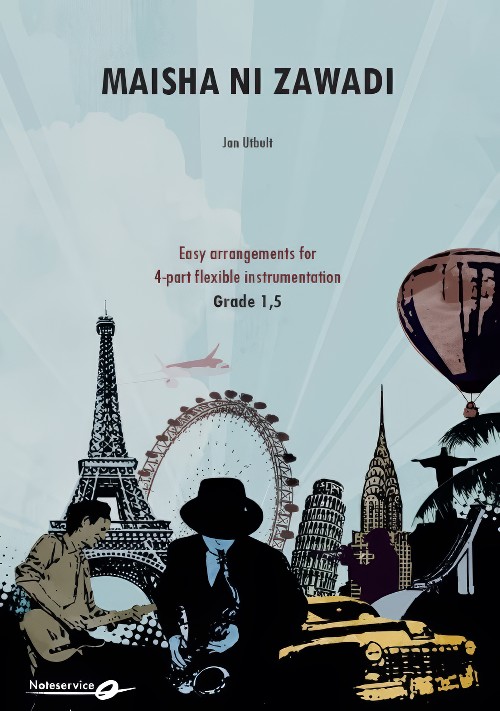 £59.80
£59.80Maisha ni Zawadi (Flexible Ensemble - Score and Parts) - Utbult, Jan
An original piece based on the African musical tradition. Maisha ni Zawadi is Swahili and means life is a gift. The arrangement of the chorus is based on how an East African choir would have performed the song. The song is based a lot on the percussion groove, and is particularly suitable for bands and ensembles that want to show off the percussion section. Here it is possible to let many people play African rhythms on various percussion instruments.Duration: 2.00
Estimated dispatch 7-14 working days
-
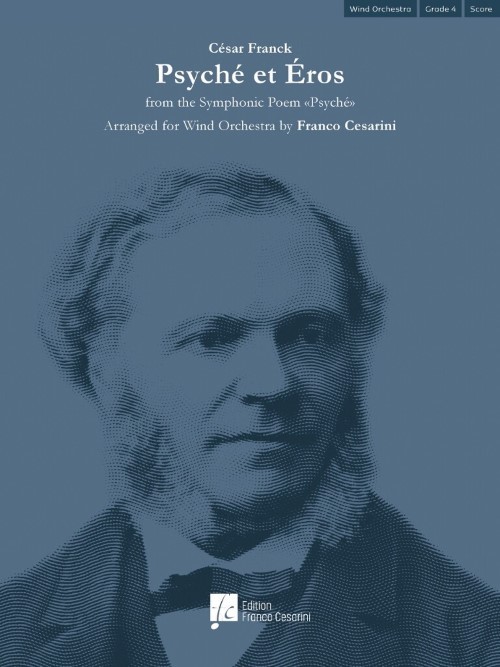 £143.00
£143.00Psyche et Eros (Concert Band - Score and Parts) - Franck, Cesar - Cesarini, Franco
Cesar Franck, composer, pianist, organist and music teacher, completed Cupid and Psyche, his sixth and last symphonic poem in 1887. It was first performed in Paris in 1888 and was a complete success, but the piece later fell completely into oblivion, and it was only thanks to some meticulous research that it has returned to concert halls. The intricate love affair between Psyche and Cupid is an original story of the Metamorphoses, written in the 2nd century AD by Apuleius. The tale is about overcoming obstacles in love and their final union. The symphonic poem is divided into three parts and calls for a choir. The movement that is the subject of this arrangement, Psyche et Eros, is positioned at the end of the second part. Franco Cesarini's version for wind orchestra carefully illustrates the nuances of the instrumental colours, and represents a real test aimed at demonstrating the musicality and interpretative skills of orchestras and their conductors. Duration: 10.30
Estimated dispatch 7-14 working days
-
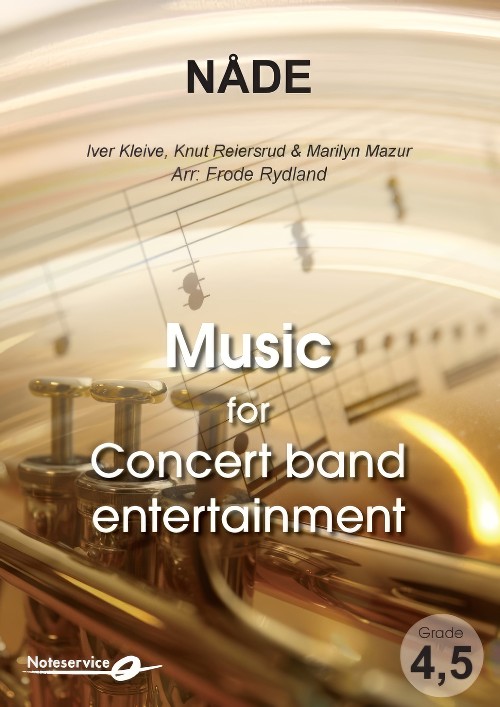 £110.00
£110.00Nade (Concert Band - Score and Parts) - Rydland, Frode
This is the finale from the original soundtrack of the opening ceremony of the XVII Olympic Winter Games in Lillehammer, Norway, 1994. The piece was composed by Knut Reiersrud, Iver Kleive and Marilyn Mazur. It features them all as musicians; Marilyn Mazur (percussion), Knut Reiersrud (guitar) and Iver Kleive (organ) together with Linda ?vreb? (vocals), Odd Lund (piccolo trumpet), Kjell Erik Arnesen (french horn) and The Boys Choir of Oslo Cathedral.
Estimated dispatch 7-14 working days
-
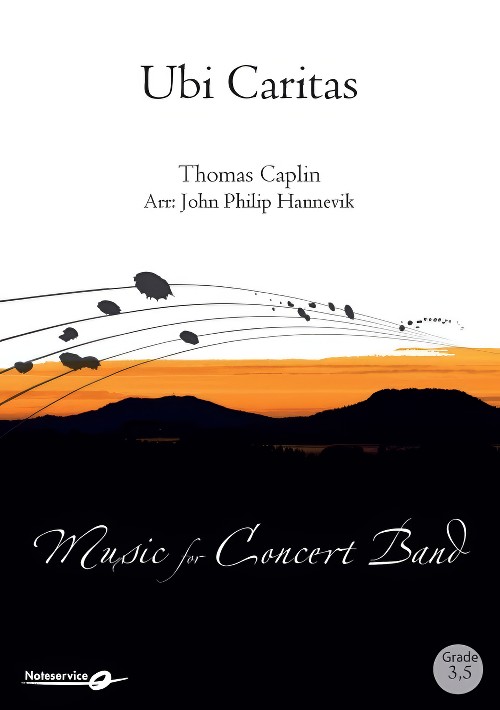 £94.00
£94.00Ubi Caritas (Concert Band - Score and Parts) - Caplin, Thomas - Hannevik, John Philip
Thomas Caplin is a Swedish professor of choral conducting. He works at the Inland Norway University of Applied Sciences in Hamar. He composed this beautiful opus for choir based on the ancient text Ubi caritas.The text is often used during Maundy Thursday, describing Jesus washing the feet of his disciples: Where charity and love are, there God isIn this arrangement, a smaller group of players are soloists. The arrangement will work well if the group can be placed on a gallery or at the back of the concert hall.Duration: 5.00
Estimated dispatch 7-14 working days
-
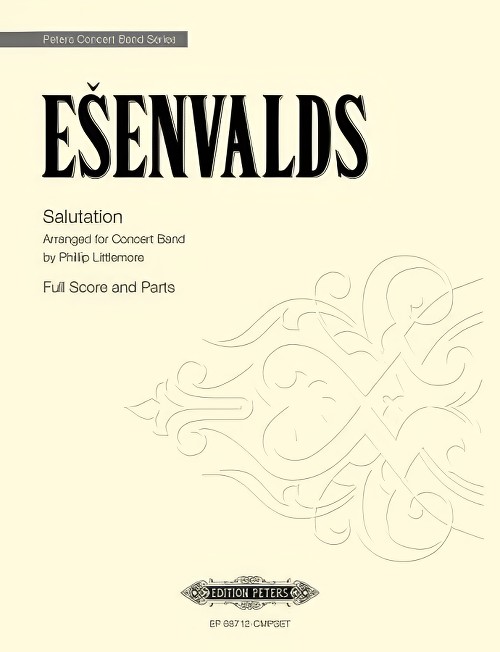 £96.00
£96.00Salutation (Concert Band - Score and Parts) - Esenvalds, Eriks - Littlemore, Philip
Salutation was originally composed for a cappella choir to a poem by Bengali poet and musician Rabindranath Tagore (1861-1941). The music takes up the spiritual message of the poem, that we live our lives in one salutation to God ending back in an eternal home. Phillip Littlemore's brilliant arrangement for concert band adds a work of great contemplative beauty to the repertoire. Duration: 3:30
Estimated dispatch 7-14 working days
-
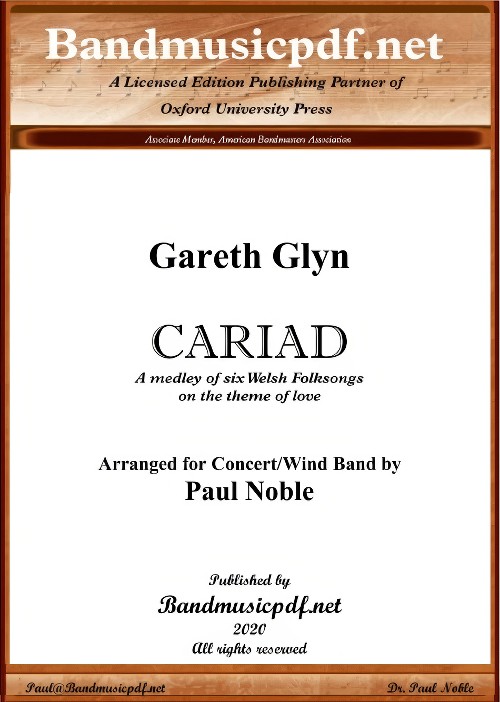 £150.00
£150.00Cariad (Concert Band - Score and Parts) - Glyn, Gareth - Noble, Paul
Cariad, a Welsh word meaning 'true love', 'great love', is a composition by Welsh composer Gareth Glyn, featuring six folksongs based on the theme of love: Dacw Nghariad (There's my love); Bugeilio'r Gwenith Gwyn (Watching the White Wheat); Mae Nghariad I'n Fenws (My Love is a Venus); Y Deryn Pur (The Message Bird); Tra Bo Dau (While Two Remain); Hen Ferchetan (The Old Spinster). Originally composed for Children's Choir and Orchestra, the composer then revised it for orchestra, on which this arrangement for Concert/Wind Band has been adapted. The contemporary setting brings a special lift and expression of joy to this unique folksong setting.
Estimated dispatch 7-14 working days
-
 £94.99
£94.99The Temple Musician (Concert Band - Score and Parts) - De Haan, Jan
The title of this work is based on the name of the commissioning band: Music Society Asaf (Dutch for Asaph). In the Hebrew Bible, the poet, singer and seer Asaph is in charge of the choir in the house of King David. Various psalms, including Psalm 81, which is used in this work, are attributed to him. The melody of this psalm is flanked by a march-like initial part, and the traditional klezmer melody Uri Tzion features as a spectacular finale.Duration: 7.00
Estimated dispatch 7-14 working days
-
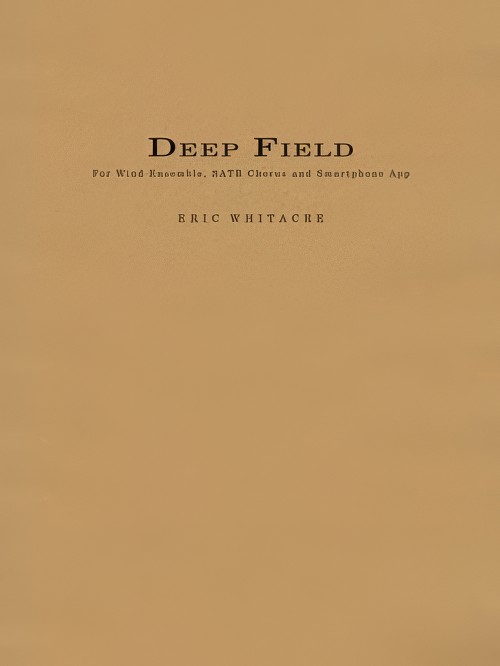 £499.99
£499.99Deep Field (SATB Chorus and Smartphone App with Concert Band - Score and Parts) - Whitacre, Eric
Score and Parts includes 40 choral octavos. Grammy Award-winning American composer Eric Whitacre's symphonic work Deep Field was inspired by the world's most famous space observatory, the Hubble Space Telescope, and its greatest discovery, the iconic Deep Field image. The new film - Deep Field: The Impossible Magnitude of Our Universe - illuminates the score by combining Hubble's stunning imagery, including never-seen-before galaxy fly-bys, with bespoke animations to create an immersive, unforgettable journey from planet Earth to the furthest edges of our universe. The soundtrack features a new, epic Virtual Choir representing 120 countries: over 8,000 voices aged 4 to 87, alongside the Royal Philharmonic Orchestra and Eric Whitacre Singers. The smartphone App playing the Deep Field electronica should be triggered by audience members from bar 217 to the end of the piece, as cued by the conductor. The app is free and must be downloaded in advance of the performance. It is available via the App Store and Google Play Store by searching "Deep Field." Duration: 20.00
Estimated dispatch 7-14 working days
